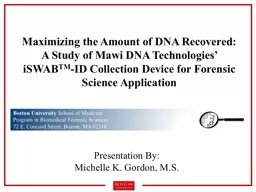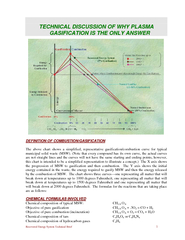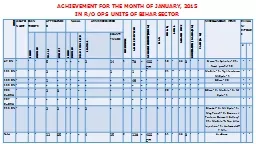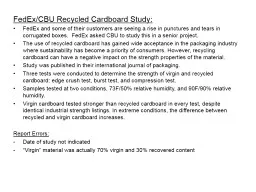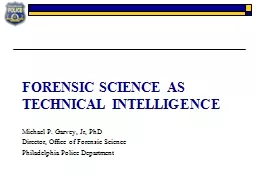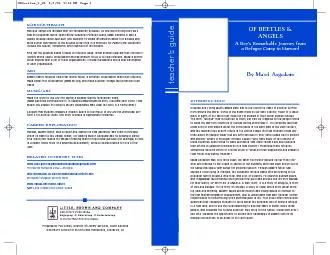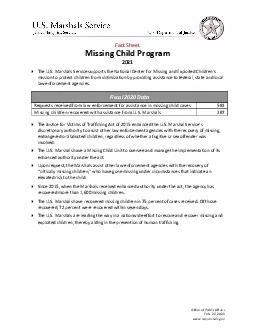PPT-Maximizing the Amount of DNA Recovered: A Study of Mawi DNA Technologies’ iSWAB
Author : clustik | Published Date : 2020-11-06
TM ID Collection Device for Forensic Science Application Presentation By Michelle K Gordon MS Boston University School of Medicine Program in Biomedical Forensic
Presentation Embed Code
Download Presentation
Download Presentation The PPT/PDF document "Maximizing the Amount of DNA Recovered: ..." is the property of its rightful owner. Permission is granted to download and print the materials on this website for personal, non-commercial use only, and to display it on your personal computer provided you do not modify the materials and that you retain all copyright notices contained in the materials. By downloading content from our website, you accept the terms of this agreement.
Maximizing the Amount of DNA Recovered: A Study of Mawi DNA Technologies’ iSWAB: Transcript
Download Rules Of Document
"Maximizing the Amount of DNA Recovered: A Study of Mawi DNA Technologies’ iSWAB"The content belongs to its owner. You may download and print it for personal use, without modification, and keep all copyright notices. By downloading, you agree to these terms.
Related Documents

